
Ammonia To Urea Reaction-How Is Ammonia Converted To Urea?
Tech Blog Ammonia To Urea Reaction-How Is Ammonia Converted To Urea? Urea synthesis is based on the Bosch Meiser process, which involves the reaction of
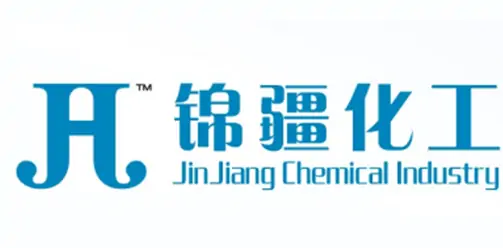
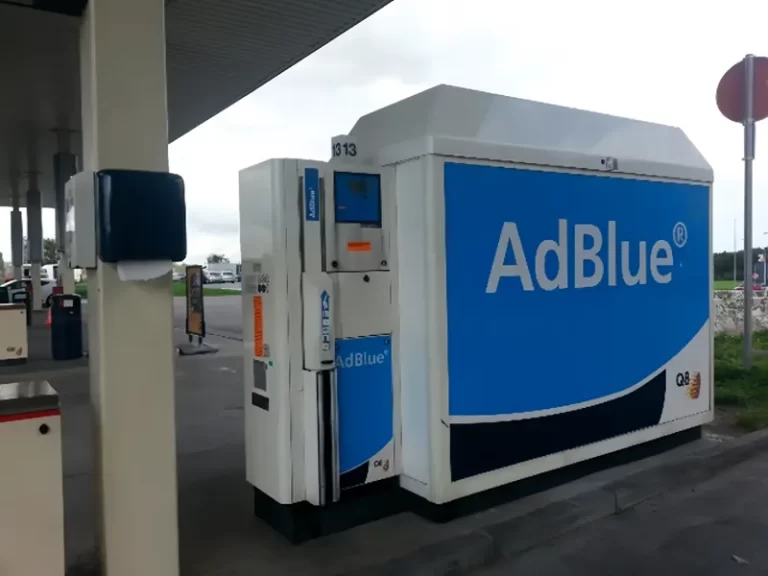
If you own a diesel car, you will likely need to use AdBlue, a treatment fluid used by millions of cars, light commercial vehicles, heavy trucks, buses, and coaches worldwide.
AdBlue has become a commonly used term, but many drivers still do not know what it AdBlue and what does it do, what it is made of, how to use Adblue, and AdBlue benefits.
Please continue reading this article to learn more information.
The term AdBlue is a global trademark of the German Association of the Automotive Industry (VDA). If you are in the United States, this product is called DEF (Diesel Exhaust Fluid); if you are in Brazil, this product is called ARLA32; sometimes also called automotive grade urea.
AdBlue is a diesel exhaust fluid (DEF) used in all heavy-duty diesel engines produced after January 1, 2010, as well as in most commercial vehicles and sedans made after September 2015 (primarily Euro 6 compliant models), using selective catalytic reduction (SCR) technology to reduce harmful gases emitted into the atmosphere.
AdBlue is a 32.5% high-purity synthetic urea solution dissolved in deionized water. Many diesel car owners believe that this liquid is a diesel additive, but AdBlue is not a fuel additive because it is added to the exhaust after combustion.
AdBlue is stored separately from fuel in a separate fuel tank and must not be mixed with fuel. That is to say, AdBlue was accidentally damaged. Putting it in the diesel fuel tank may damage the car’s selective catalytic reduction (SCR) system.
Vehicles using catalytic reduction (SCR) technology have a separate canister containing AdBlue/DEF. Then, it is injected into the exhaust pipe, located in front of the SCR catalyst and downstream of the engine.
The SCR system injects AdBlue into the vehicle’s exhaust stream before the catalyst. There, the heat from the exhaust gas decomposes urea into ammonia and carbon dioxide.
Then, ammonia reacts with nitrogen oxide pollutants on the surface of the SCR catalyst, converting them into harmless nitrogen and water vapor before being discharged from the exhaust pipe.
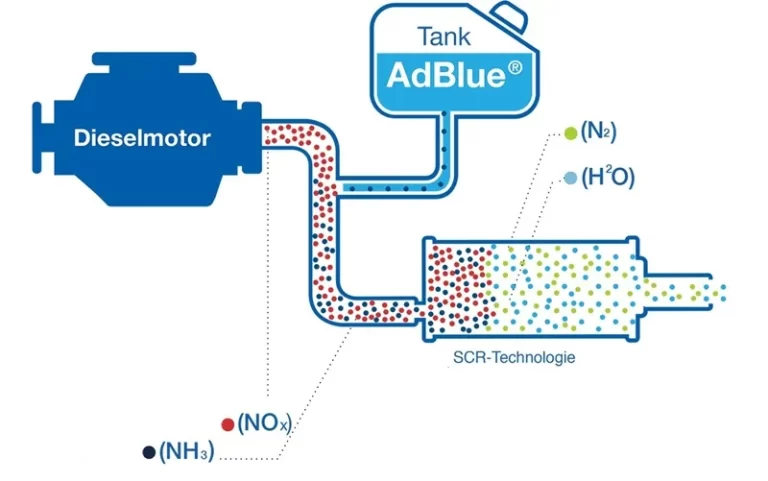
This process will reduce up to 90% of nitrogen oxide emissions, 50-90% of hydrocarbon and carbon monoxide emissions, and 30-50% of particulate matter emissions. Reduced the release of harmful pollutants into the environment and improved the compliance of vehicles with emission standards.
Nitrogen oxides are dangerous gases that can damage the human respiratory system, reduce lung function, increase exposure to allergens, and increase the risk of respiratory diseases. It promotes fine particle pollution and ground ozone formation, which harms health and vegetation. For these reasons, governments around the world have imposed restrictions on vehicle nitrogen oxide emissions and advocated for the use of AdBlue.
Environmental impact: By promoting the conversion of nitrogen oxide emissions into harmless substances, AdBlue helps vehicles meet strict emission regulations, contributes to clean air, and reduces environmental pollution.
Improving fuel efficiency: When the vehicle’s emission system works in conjunction with AdBlue, the engine’s performance can be improved, and over time, fuel efficiency may increase.
Extending engine life: By reducing harmful emissions, use AdBlue indirectly helps achieve cleaner engines and exhaust systems, potentially extending their lifespan and reducing maintenance costs.
Its ingredients are only urea and water, but the key is its stringent manufacturing standards. Firstly, the manufacturer must purify the urea and separate the charged particles to produce deionized water. Then, a ratio of 32.5% high-purity urea and 67.5% deionized water forms our exhaust gas treatment solution.
All production equipment for automotive urea needs to be made of 316 stainless steel material, and the entire process, including water production, purification, and injection, must be operated in a closed manner to maximize the protection of the product from external environmental pollution. Even in such an ideal working environment, companies must thoroughly clean the entire equipment every two months and blow it with high-pressure air to prevent metal residues and ions from entering the area.
Many people have always wanted to make their own AdBlue at home. As we can see from the above production method, AdBlue is a highly pure urea solution that may corrode certain materials and surfaces. It also requires specific manufacturing processes to meet the required standards and ensure product quality, which is challenging to replicate at home.
In addition, using homemade solutions may damage the SCR system and engine and render the vehicle warranty invalid, resulting in the vehicle failing emission testing.
If your diesel car was registered after September 2015, it is likely to use AdBlue. Usually, the model name will have the words “SCR” or “Blue”; if a European manufacturer produces the vehicle, it is more likely to use AdBlue Technology. If unsure, please refer to the vehicle manual or search for the fuel cap next to the fuel port, under the hood, or in the vehicle’s trunk.
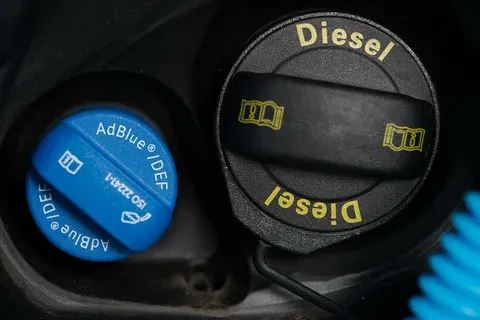
If you need AdBlue, please click the button below to contact us!

Tech Blog Ammonia To Urea Reaction-How Is Ammonia Converted To Urea? Urea synthesis is based on the Bosch Meiser process, which involves the reaction of
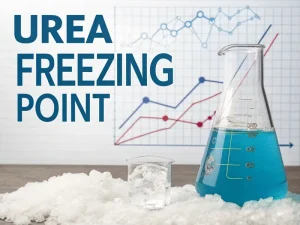
Tech Blog Urea Freezing Point characteristics The urea freezing point, especially in aqueous solutions, is a key characteristic that has significant impacts on industries ranging

Tech Blog is urea flammable or not? Urea(CH₄N₂O) a compound closely related to agriculture, industry, and medicine, often raises questions about its flammability. In theory,
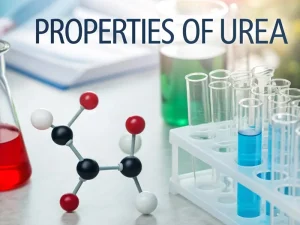
Tech Blog Properties Of Urea Urea (CO(NH₂)₂), a versatile nitrogen-containing compound with unique properties, dominates in agriculture, industry, and emerging technologies. Physical properties of urea

Tech Blog Urea For Trucks: A Basic Solution For Cleaning Diesel Emissions In heavy transportation, urea has become a key component in reducing harmful emissions
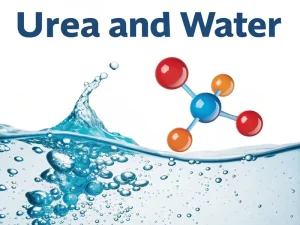
Tech Blog urea and water Urea (CO(NH₂)₂) and water (H₂O) form one of the most critical partnerships in industrial chemistry and biology. Their interaction governs

JINGJIANG MELAMINE POWDER
© JINJIANG MELAMINE